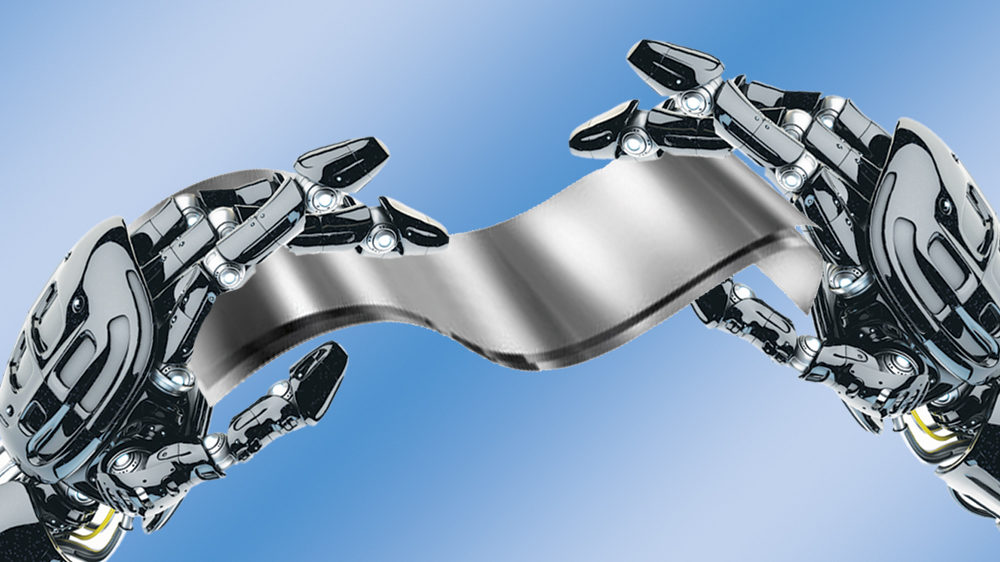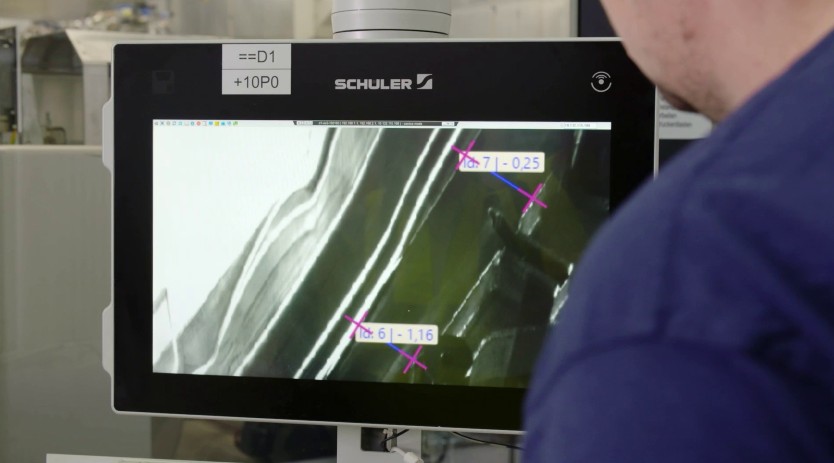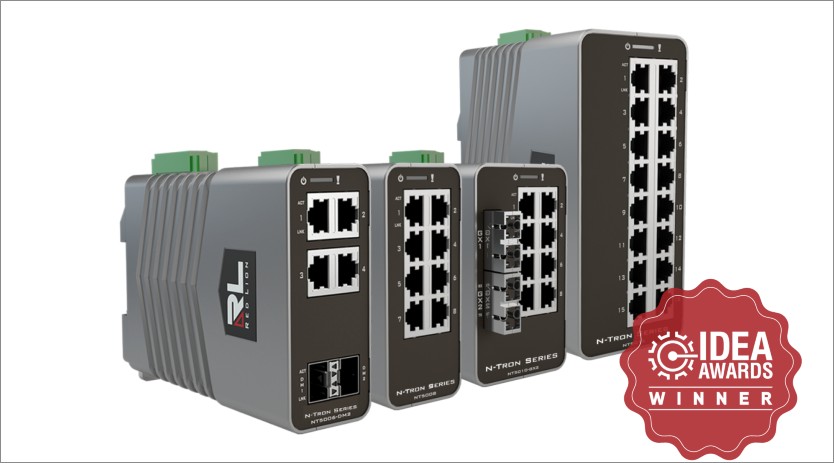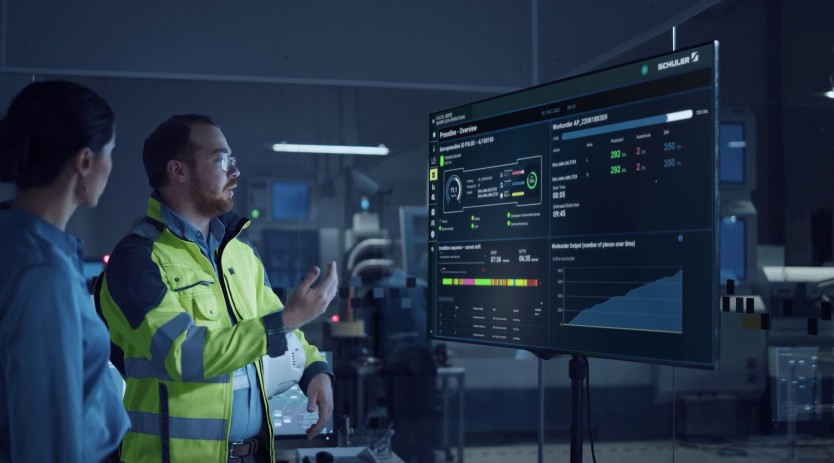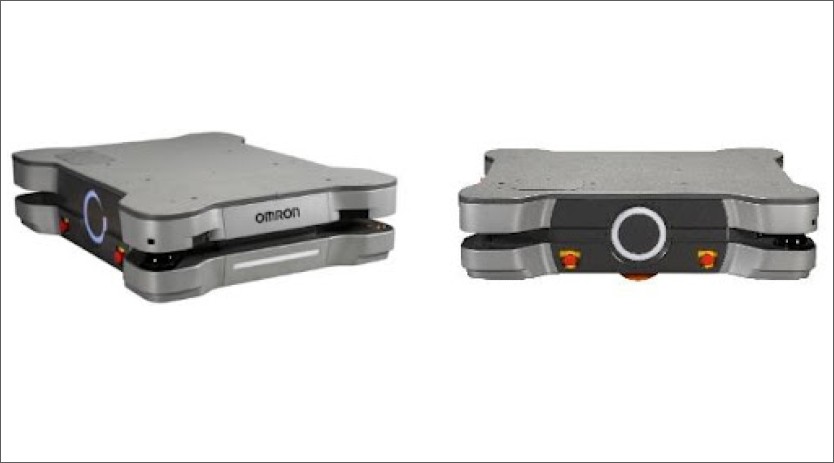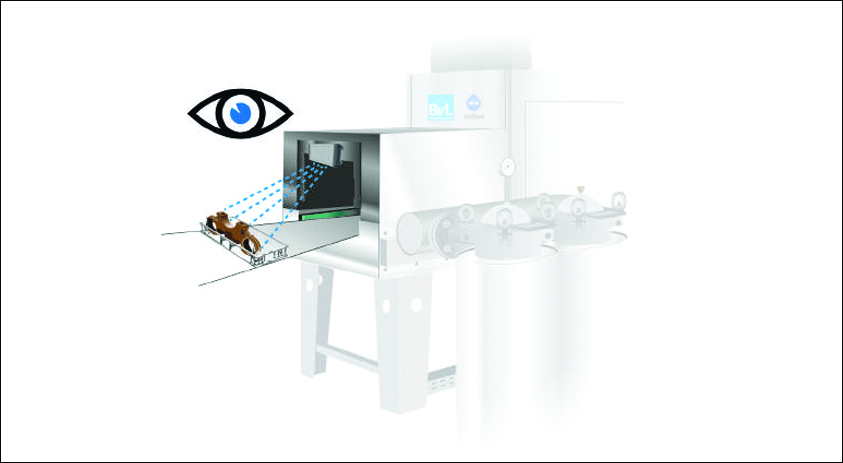Robots changing the sheet metal forming
January 15, 2018 5:36 pm
A review on how robots are changing the sheet metal forming.
Out of all the forms within which metal is employed for producing, the sheet is one in all the foremost elementary forms utilised in industries and innumerable objects that we tend to see around us are made up sheet metal only.
Either it’s a small panel in a car or an entire airplane fuselage, sheet metal is finding endless use cases. Each and every manufacturing unit, be it in an automotive segment or aviation, consumer goods or medical instrumentation and even construction material have the dependency on sheet metal and so does dependency on the sheet metal forming processes. Let’s have a look on how robots are changing the sheet metal forming.
Automation reduces per piece costs and increasing productivity
There are numerous standard forming operations one can witness in a sheet metal process shop like bending, drawing, hemming, seaming, cutting, punching, spinning and stamping and even though these processes are carried out since decades, still there’s a great scope of improvement altogether.
Kunal Pruthi, Consultant – Solutions and Business Development, The Hi-Tech Robotic Systemz Limited observes, automation is the key factor over here which is really transforming these processes. Using automation not only helps in achieving an unparalleled level of quality and consistency but also significantly reduces per piece costs by minimising the labour input, increasing overall process efficiency and reducing the wastages incurred to make the part.
According to Sanjay Kulkarni, MD, Pilz India Pvt Ltd, “Automation using robots has advantages that it eliminates the need to manually feed the metal into the press machines. Also, they help in increasing productivity and take care of the repetitive tasks. They are more safer to be used provided ample safety concepts and standards are being used for designing and installing a robot.”
Robotics and automation make sense in lots of manual intervention
Although, automation is very critical for remaining competitive in the industry and it does sounds like a solution for every problem, but it does not mean that one should go blindly about it. There are some important factors which should be considered in order to remain competitive and to get a decent return on the investment. Kunal says, “Depending on the operations and scale of production, automation may or may not be the best option. In case it’s a small operation with lower production levels, the initial investment of automating would not be economical. On the other hand, if the current process is spread out in a larger facility with a lot of manual intervention, using robotics and automation definitely makes sense. Along with volumes, if production teams are also struggling to manage the part repeatability and quality, which again is consequential to excess human labour involvement, it’s always recommended to relook the processes and optimise it using appropriate automation solutions.”
It’s quite evident now that automation can have a significant positive impact on these processes and since gains in productivity and cost reduction are clearly visible, so as to gain leadership in manufacturing, crystal clear strategy should be build by teams and implementation should be quickly started.
Pilz offers safe sensor and decentralised control systems
Pilz being the safety automation company provides the safe sensor technology, safe and decentralised control systems and intelligent diagnostics. This industry in particular uses large, interlinked machinery such as rolling mills, galvanisation plants or surface treatment equipment. These are often complex, for example requiring protection against an uncontrolled start-up, via LOTO (Lock Out – Tag Out) or a locked stop.
If the current process is spread out in a larger facility with a lot of manual intervention, using robotics and automation definitely makes sense.
Kunal Pruthi, Consultant – Solutions & Business Development, The Hi-Tech Robotic Systemz Limited
Automation using robots has advantages that it eliminates the need to manually feed the metal into the press machines.
Sanjay Kulkarni, MD, Pilz India Pvt Ltd
Cookie Consent
We use cookies to personalize your experience. By continuing to visit this website you agree to our Terms & Conditions, Privacy Policy and Cookie Policy.



